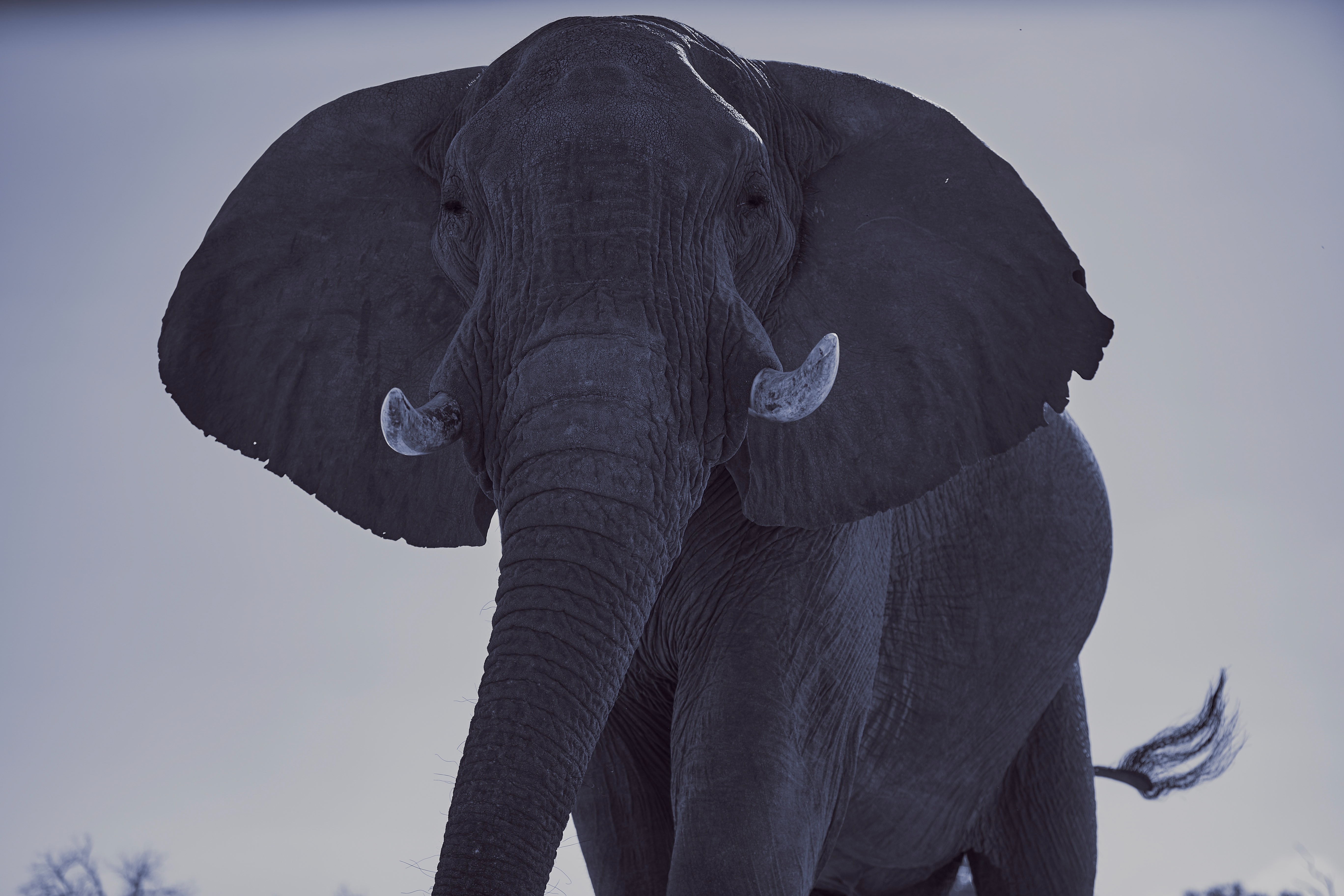By Josh Mock, BA Arabic and Persian
Life in Zimbabwe is failing to flourish amidst the country’s worst drought in years. Hundreds of animals have died while the World Food Programme believes at least 2 million people have been affected by the drought.
According to Tinashe Farawo, Zimbabwe National Parks and Wildlife Management Authority’s spokesman, over 200 elephants have died in Hwange National Park since October of this year. Competition for scarce food and water resources has led to animals dying of exhaustion and starvation. As the country faces temperatures above 45°C, even fish are struggling to survive in the inhospitable conditions.
‘Almost every animal is being affected,’ said Farawo, ‘elephants are easily noticed during patrols, but some bird species are seriously affected because they can only breed in certain tree heights and those trees are being knocked down by elephants.’ Predator and scavenger species are thriving as their access to food increases with the rising death toll of prey species. Volunteers are bringing food and resources for the struggling park but at a cost of $2500 per truckload. However, Zimbabwe as an already economically challenged nation, will struggle to use this as a sustainable solution.
More than 2 billion people globally live in areas of high water stress, with demand for water estimated to increase up to 30% by 2050.
Agence France-Presse has reported that the country’s wildlife agency plans to move 600 elephants, two prides of lion, a pack of wild dogs, 50 buffalo, 40 giraffes, and 2,000 impalas, in what would be the ‘biggest translocation of wildlife in Zimbabwe’s history,’ according to Farawo. The relocation will alleviate the pressure on limited resources as the land will take time to recover after the rains come.
The people of Zimbabwe have also suffered because of the drought. The effect of the water shortage on crops and the failed harvest means that over 50% of the population is in need of food aid. Bloomberg reports that the government has appealed for $464 million in aid to tackle the famine, following a fall in output from hydroelectric plants and the depletion of dams. Nationally, the ACT Alliance (Action Churches Together) has reported that prices of maize, the population’s staple food, have increased 31% from last year. In Bulawayo, the country’s second-largest city, water has been rationed in an attempt to stem the demand on the depleting resource.
In the age of climate crisis, these droughts will become ever more common. Southern Africa has been labelled by The United Nations International Panel on Climate Change as a so-called ‘hotspot’ region that faces higher risks of extreme heat and less rainfall as the global temperature continues to rise. Globally more than 2 billion people live in countries experiencing high water stress, and the UN warns the problem is set to worsen, with demand expected to grow as much as 30% by 2050. The world will be watching Zimbabwe closely to see whether an intervention can help alleviate the problem, or whether this will serve as a warning for other climate-threatened nations.
